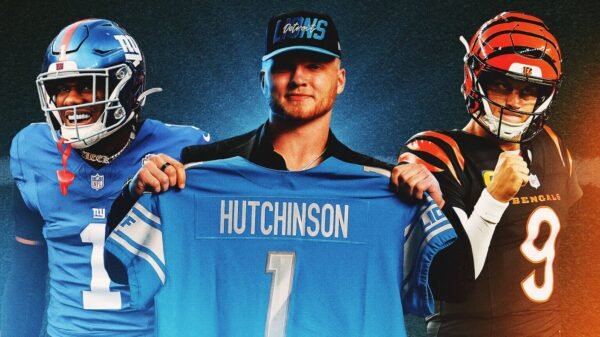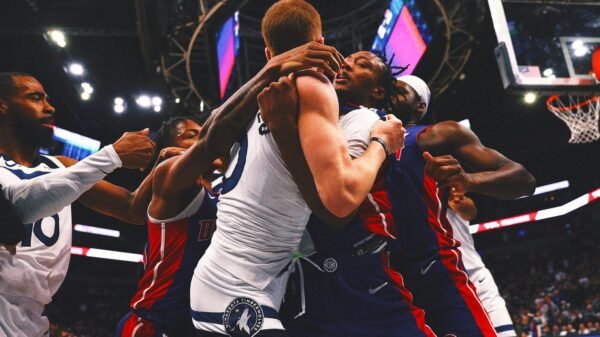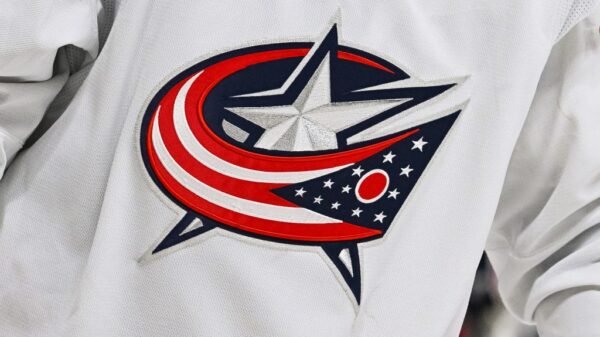2024 NCAA college football overtime works differently than in many other sports, adding an exciting twist to the game. With recent changes, understanding how overtime unfolds in college football can be challenging. Here’s a clear overview of everything fans need to know about overtime in college football.
When did college football overtime start?
Before 1995, college football games that ended in a tie after regulation simply resulted in a draw. However, in 1995, the NCAA introduced a change allowing overtime, which began with the bowl season.
During the inaugural overtime in the 1995 Las Vegas Bowl, Toledo faced Nevada, tying at 37 before Toledo clinched victory with a field goal. The following 1996 season saw the full adoption of overtime rules for the FBS, which remained stable until updates in 2019 and 2021.
How does college football overtime work?
How is possession determined in overtime?
When a college football game is tied at the end of regulation, the visiting team captain conducts a coin toss. The winning team captain chooses to start on offense or defense for the first overtime period, while the losing captain takes the opposite choice. Often, teams prefer to defend first, allowing them to gauge the scoring needs of their opponents. If the first team manages to score a touchdown, the opposing team must also score a touchdown to keep the game alive. If the first team fails to score, a field goal could secure their victory.
How do the rules change after the 1st overtime?
Starting from the second overtime, teams begin their possessions at the opponent’s 25-yard line. The team with the highest score after each has had a chance to possess the ball wins. A significant change introduced in 2021 requires teams to attempt a 2-point conversion following a touchdown in the second overtime, aiming to reduce the length of overtime games. Previously, this requirement was only enforced starting in the third overtime.
Can a game end in a tie?
Since the implementation of overtime in 1996, college football games have not ended in ties. Every game will continue until a winner is determined, ensuring that fans witness a decisive conclusion to each matchup.












































